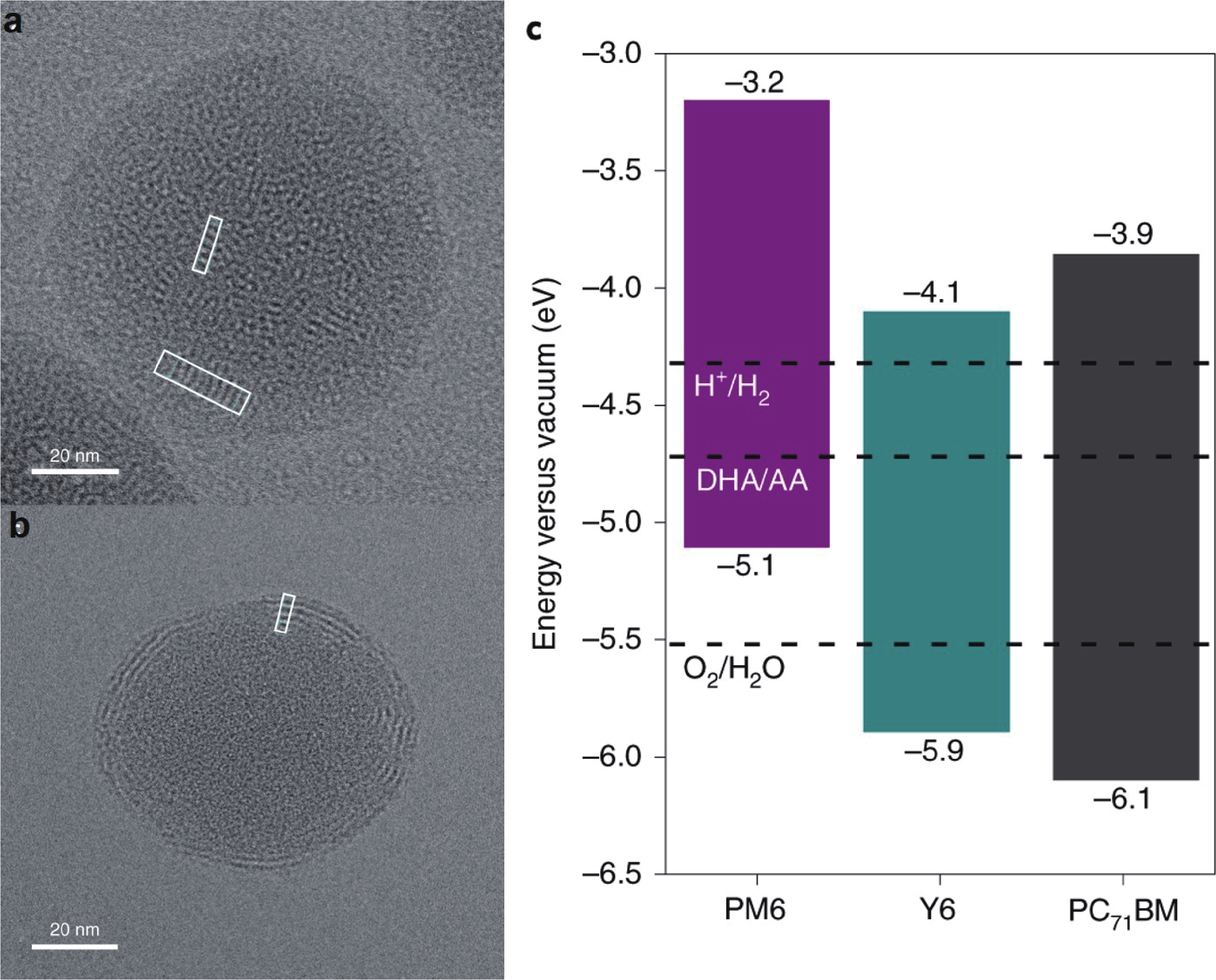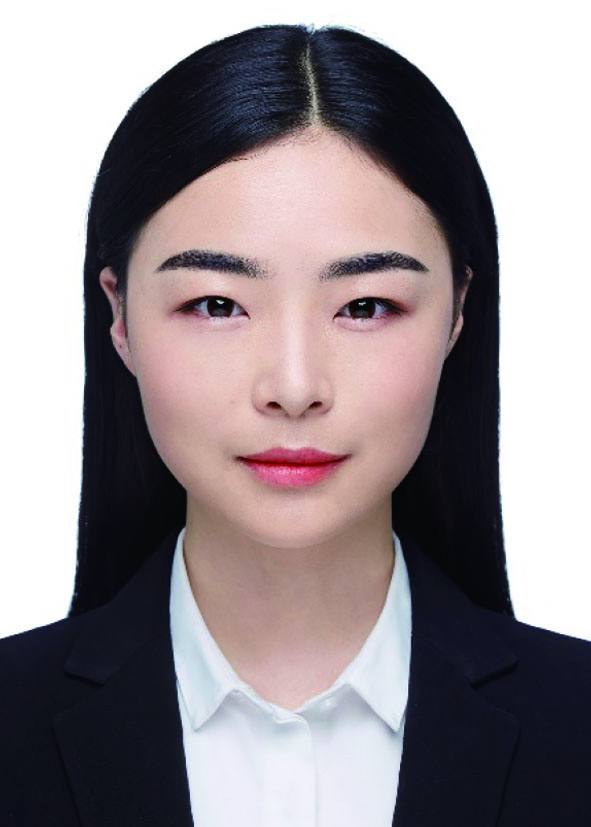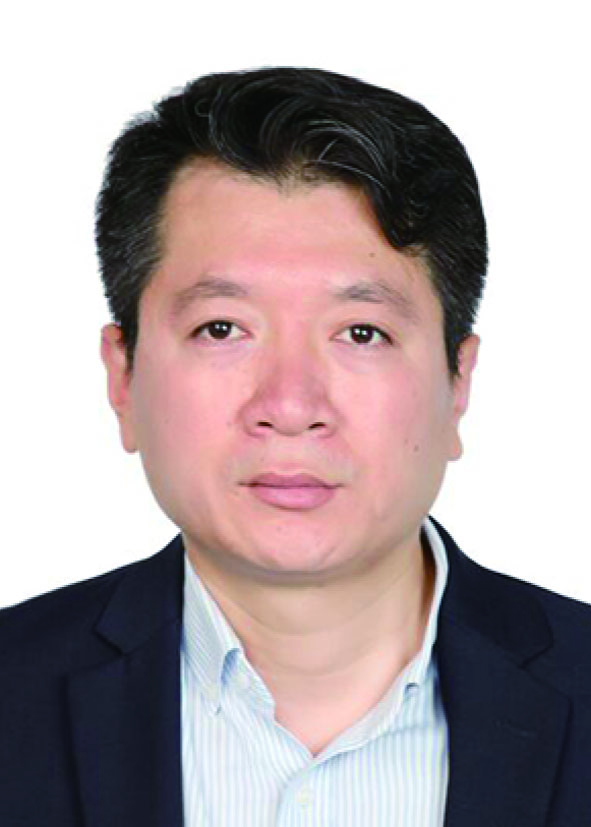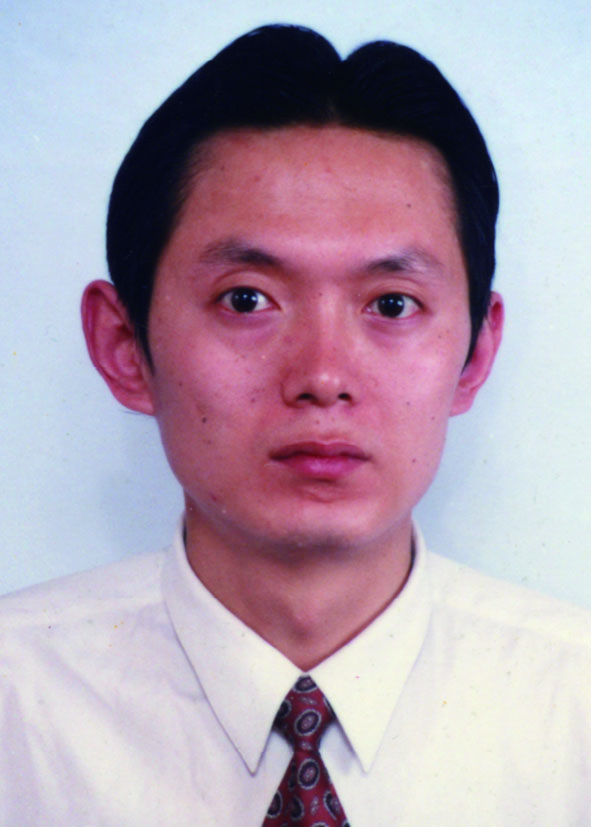| Citation: |
Mengmeng Ma, Zhijie Wang, Yong Lei. An in-depth understanding of photophysics in organic photocatalysts[J]. Journal of Semiconductors, 2023, 44(3): 030401. doi: 10.1088/1674-4926/44/3/030401
****
M M Ma, Z J Wang, Y Lei. An in-depth understanding of photophysics in organic photocatalysts[J]. J. Semicond, 2023, 44(3): 030401. doi: 10.1088/1674-4926/44/3/030401
|
An in-depth understanding of photophysics in organic photocatalysts
DOI: 10.1088/1674-4926/44/3/030401
More Information
-
References
[1] Wang X C, Maeda K, Thomas A, et al. A metal-free polymeric photocatalyst for hydrogen production from water under visible light. Nat Mater, 2009, 8, 76 doi: 10.1038/nmat2317[2] Li R G, Zhang F X, Wang D E, et al. Spatial separation of photogenerated electrons and holes among {010} and {110} crystal facets of BiVO4. Nat Commun, 2013, 4, 1432 doi: 10.1038/ncomms2401[3] Takata T, Jiang J Z, Sakata Y, et al. Photocatalytic water splitting with a quantum efficiency of almost unity. Nature, 2020, 581, 411 doi: 10.1038/s41586-020-2278-9[4] Nishiyama H, Yamada T, Nakabayashi M, et al. Photocatalytic solar hydrogen production from water on a 100-m2 scale. Nature, 2021, 598, 304 doi: 10.1038/s41586-021-03907-3[5] Wang X Y, Chen L J, Chong S Y, et al. Sulfone-containing covalent organic frameworks for photocatalytic hydrogen evolution from water. Nat Chem, 2018, 10, 1180 doi: 10.1038/s41557-018-0141-5[6] Bai Y, Wilbraham L, Gao H, et al. Photocatalytic polymers of intrinsic microporosity for hydrogen production from water. J Mater Chem A, 2021, 9, 19958 doi: 10.1039/D1TA03098A[7] Kosco J, Moruzzi F, Willner B, et al. Photocatalysts based on organic semiconductors with tunable energy levels for solar fuel applications. Adv Energy Mater, 2020, 10, 2001935 doi: 10.1002/aenm.202001935[8] Dai C H, Liu B. Conjugated polymers for visible-light-driven photocatalysis. Energy Environ Sci, 2020, 13, 24 doi: 10.1039/C9EE01935A[9] Itskos G, Heliotis G, Lagoudakis P G, et al. Efficient dipole-dipole coupling of Mott-Wannier and Frenkel excitons in (Ga, In)N quantum well/polyfluorene semiconductor heterostructures. Phys Rev B, 2007, 76, 035344 doi: 10.1103/PhysRevB.76.035344[10] Li C Z, Liu J L, Li H, et al. Covalent organic frameworks with high quantum efficiency in sacrificial photocatalytic hydrogen evolution. Nat Commun, 2022, 13, 2357 doi: 10.1038/s41467-022-30035-x[11] Kosco J, Gonzalez-Carrero S, Howells C T, et al. Generation of long-lived charges in organic semiconductor heterojunction nanoparticles for efficient photocatalytic hydrogen evolution. Nat Energy, 2022, 7, 340 doi: 10.1038/s41560-022-00990-2[12] Ma M M, Huang Y B, Liu J, et al. Engineering the photoelectrochemical behaviors of ZnO for efficient solar water splitting. J Semicond, 2020, 41, 091702 doi: 10.1088/1674-4926/41/9/091702[13] Zhong Y F, Causa' M, Moore G J, et al. Sub-picosecond charge-transfer at near-zero driving force in polymer: Non-fullerene acceptor blends and bilayers. Nat Commun, 2020, 11, 833 doi: 10.1038/s41467-020-14549-w[14] Wang J, Liu D, Zhu Y F, et al. Supramolecular packing dominant photocatalytic oxidation and anticancer performance of PDI. Appl Catal B, 2018, 231, 251 doi: 10.1016/j.apcatb.2018.03.026[15] Zhang N, Wang L, Wang H M, et al. Self-assembled one-dimensional porphyrin nanostructures with enhanced photocatalytic hydrogen generation. Nano Lett, 2018, 18, 560 doi: 10.1021/acs.nanolett.7b04701[16] Laconsay C J, Tsui K Y, Tantillo D J. Tipping the balance: Theoretical interrogation of divergent extended heterolytic fragmentations. Chem Sci, 2020, 11, 2231 doi: 10.1039/C9SC05161A[17] Peng P, Yan X X, Zhang K, et al. Electrochemical C−C bond cleavage of cyclopropanes towards the synthesis of 1, 3-difunctionalized molecules. Nat Commun, 2021, 12, 3075 doi: 10.1038/s41467-021-23401-8[18] Wang M Y, Li M, Yang S, et al. Radical-mediated C-C cleavage of unstrained cycloketones and DFT study for unusual regioselectivity. Nat Commun, 2020, 11, 672 doi: 10.1038/s41467-020-14435-5[19] Liu P, Redekop E, Gao X, et al. Oligomerization of light olefins catalyzed by Brønsted-acidic metal-organic framework-808. J Am Chem Soc, 2019, 141, 11557 doi: 10.1021/jacs.9b03867 -
Proportional views






 DownLoad:
DownLoad:











 Mengmeng Ma:received her B.S. degree from Beijing University of Science and Technology in 2019. Now she is a Ph.D. student at the Institute of Semiconductors, Chinese Academy of Sciences, under the supervision of Professor Zhijie Wang and Shengchun Qu. Her current work focuses on nanomaterials and technology for photo (electro) chemistry
Mengmeng Ma:received her B.S. degree from Beijing University of Science and Technology in 2019. Now she is a Ph.D. student at the Institute of Semiconductors, Chinese Academy of Sciences, under the supervision of Professor Zhijie Wang and Shengchun Qu. Her current work focuses on nanomaterials and technology for photo (electro) chemistry Zhijie Wang:received his B.S. degree in 2004 from Zhejiang University and his Ph.D. degree in 2009 from the Institute of Semiconductors, Chinese Academy of Sciences. After four years of postdoc research in the University of Wyoming and the University of Michigan, he worked as a senior scientist and a junior group leader at the Ilmenau University of Technology (Germany) in the 3D Nanostructuring Group of Prof. Yong Lei since 2013. He is currently a professor in the Institute of Semiconductors, Chinese Academy of Sciences. His research interest includes nanomaterials, nano-devices, energy-related sciences, surface science, and photoelectron chemistry
Zhijie Wang:received his B.S. degree in 2004 from Zhejiang University and his Ph.D. degree in 2009 from the Institute of Semiconductors, Chinese Academy of Sciences. After four years of postdoc research in the University of Wyoming and the University of Michigan, he worked as a senior scientist and a junior group leader at the Ilmenau University of Technology (Germany) in the 3D Nanostructuring Group of Prof. Yong Lei since 2013. He is currently a professor in the Institute of Semiconductors, Chinese Academy of Sciences. His research interest includes nanomaterials, nano-devices, energy-related sciences, surface science, and photoelectron chemistry Yong Lei:is a Professor at the Technical University of Ilmenau in Germany. He received his Ph.D. from the Chinese Academy of Sciences in 2001. He worked at the Karlsruhe Institute of Technology as an Alexander von Humboldt Fellow and at the University of Muenster as a junior professor. In 2011, he joined the Technical University of Ilmenau as a chair professor and leader of the group of applied nano-physics. His research focuses on template-based nanostructures and their energy-related and optoelectronic applications
Yong Lei:is a Professor at the Technical University of Ilmenau in Germany. He received his Ph.D. from the Chinese Academy of Sciences in 2001. He worked at the Karlsruhe Institute of Technology as an Alexander von Humboldt Fellow and at the University of Muenster as a junior professor. In 2011, he joined the Technical University of Ilmenau as a chair professor and leader of the group of applied nano-physics. His research focuses on template-based nanostructures and their energy-related and optoelectronic applications



